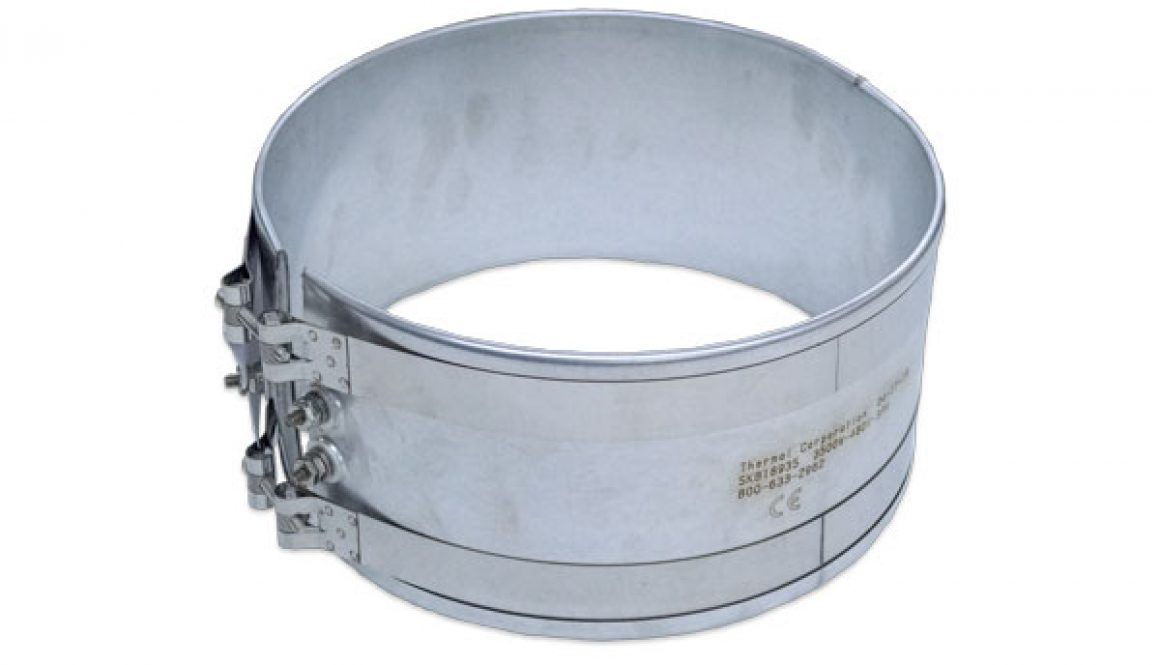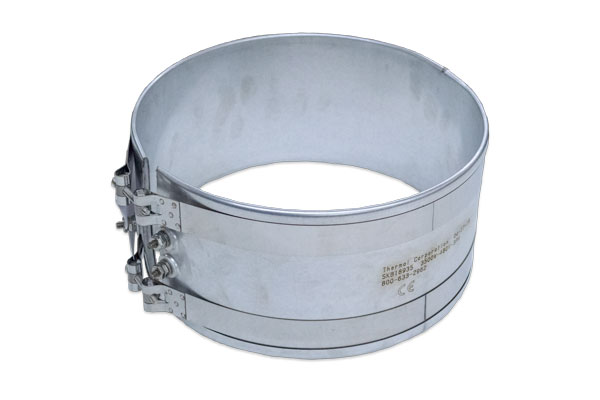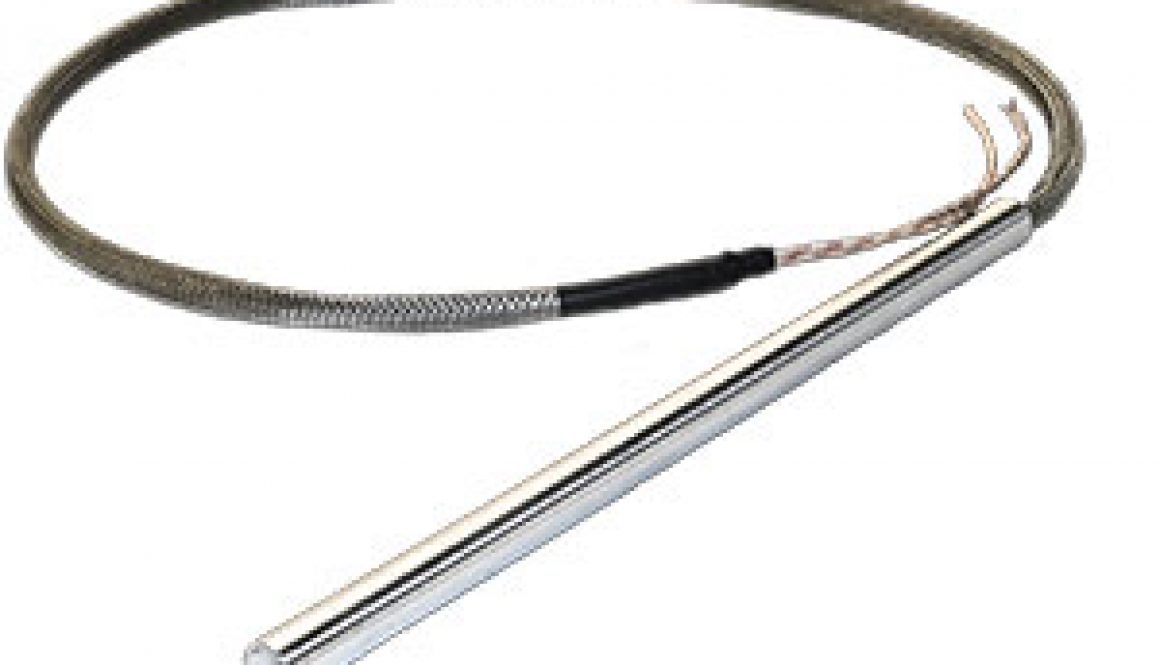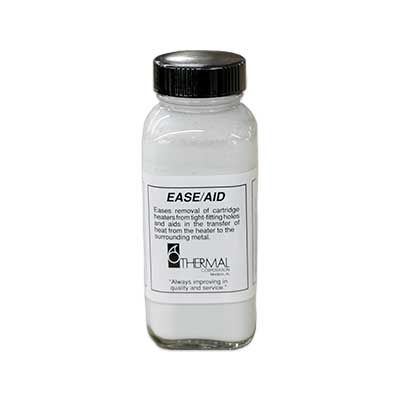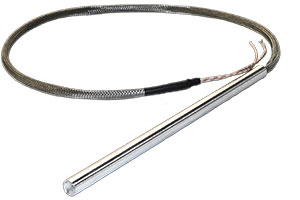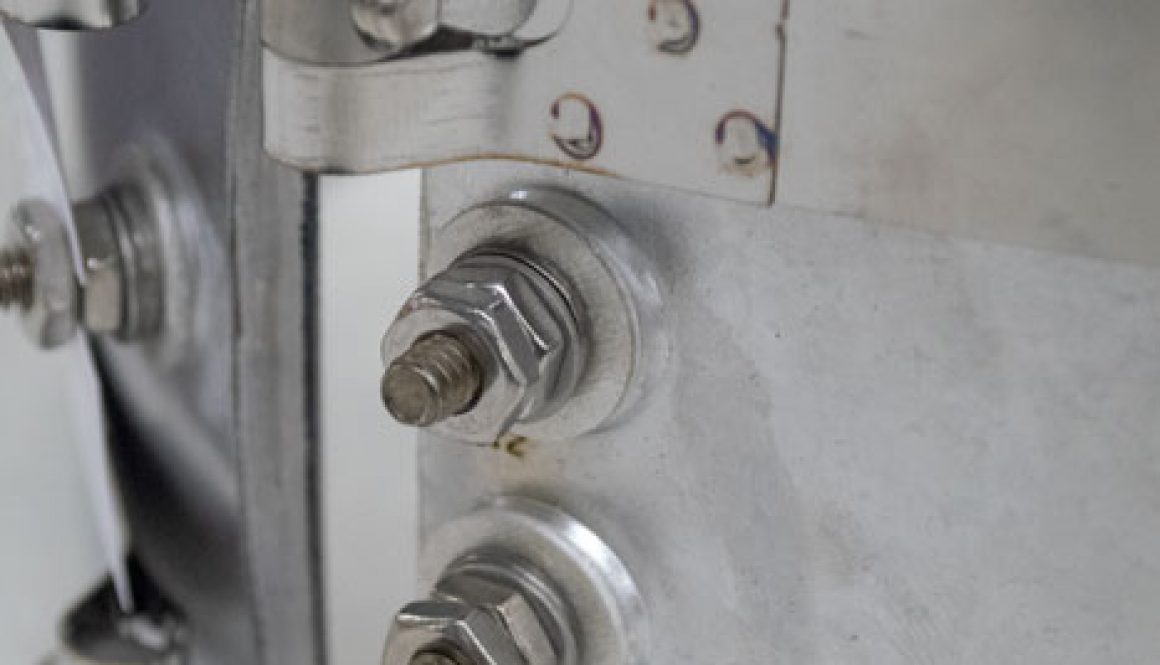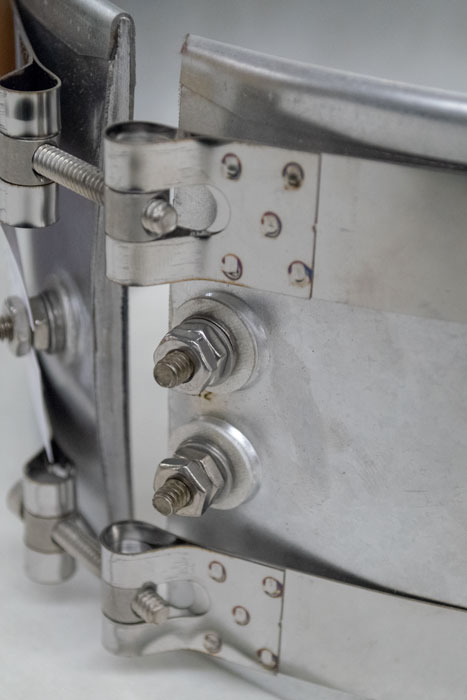What is Watt Density and How is it Related to Heater Life?
Home > Blog Archive > Category: Industrial Heating Technology > What Is Watt Density and How Is It Related to Heater Life?
Watt Density: Basic Definition
Watt density is a measure of the rate of heat being transferred through the surface of the heater.
For example, if you were to draw a 1″ x 1″ square on the surface of the heater, how much power (or heat) would pass through that area? The answer is the heat per unit area, so basically the watts per square inch.
So, How Is it Related to Heater Life?
Basically, the higher the watt density, the higher the temperature is inside the heater (assuming all other variables are constant). As the temperature inside the heater increases, the materials inside the heater are operating closer to their breaking point. This results in shorter heater life.
Mica Band Heaters
For satisfactory heater life of mica band heaters, the following density should be maintained:
| Heater Diameter | Watt Density |
| Less than 3" | Less than 50 watts/square inch |
| Between 3" and 6" | Less than 40 watt/square inch |
| Between 6" and 10" | Less than 35 watts/square inch |
Cartridge Heaters
For satisfactory heater life of cartridge heaters, the density should be less than 200 watts/square inch.
Ceramic Band Heaters
For satisfactory heater life of ceramic band heaters, the density should be less than 35 watts/square inch.
Higher operating temperatures require a lower density for equivalent temperatures inside the heater and equivalent heater life.
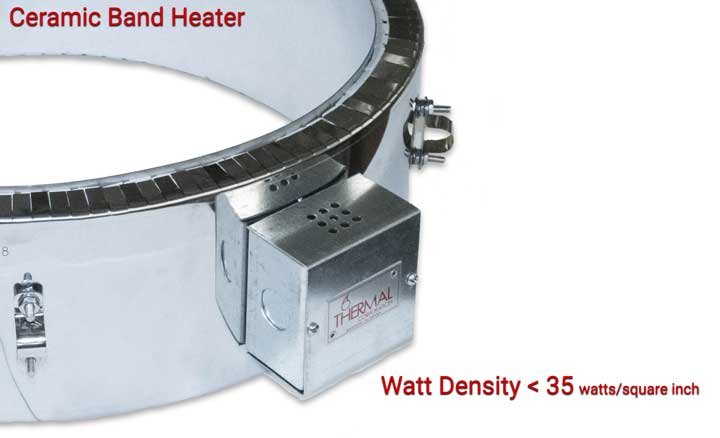
Written by Jennifer Taylor
Edited by Shelby Reece
Date Published: 09.25.2018
Last Updated: 09.06.2019


